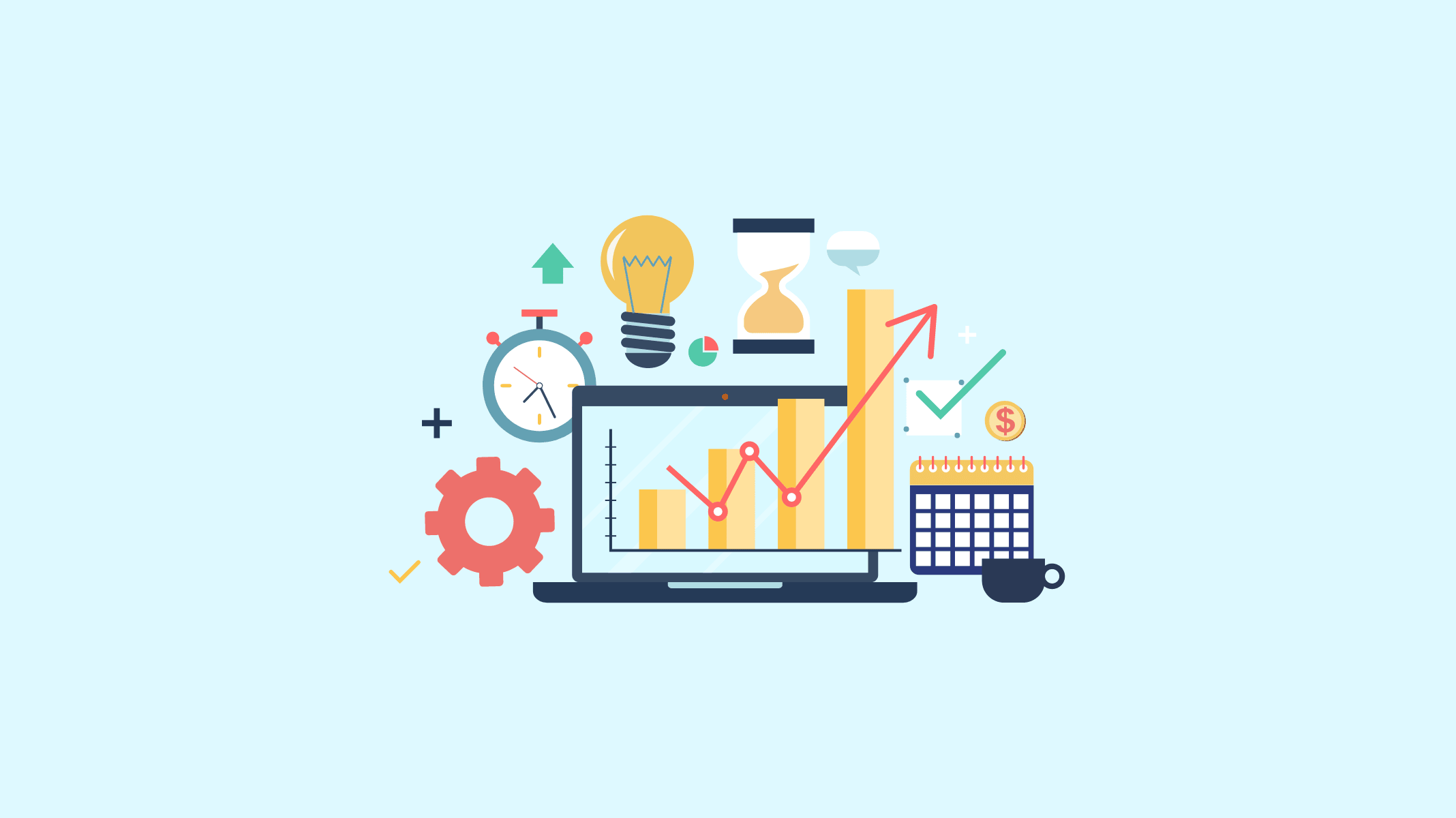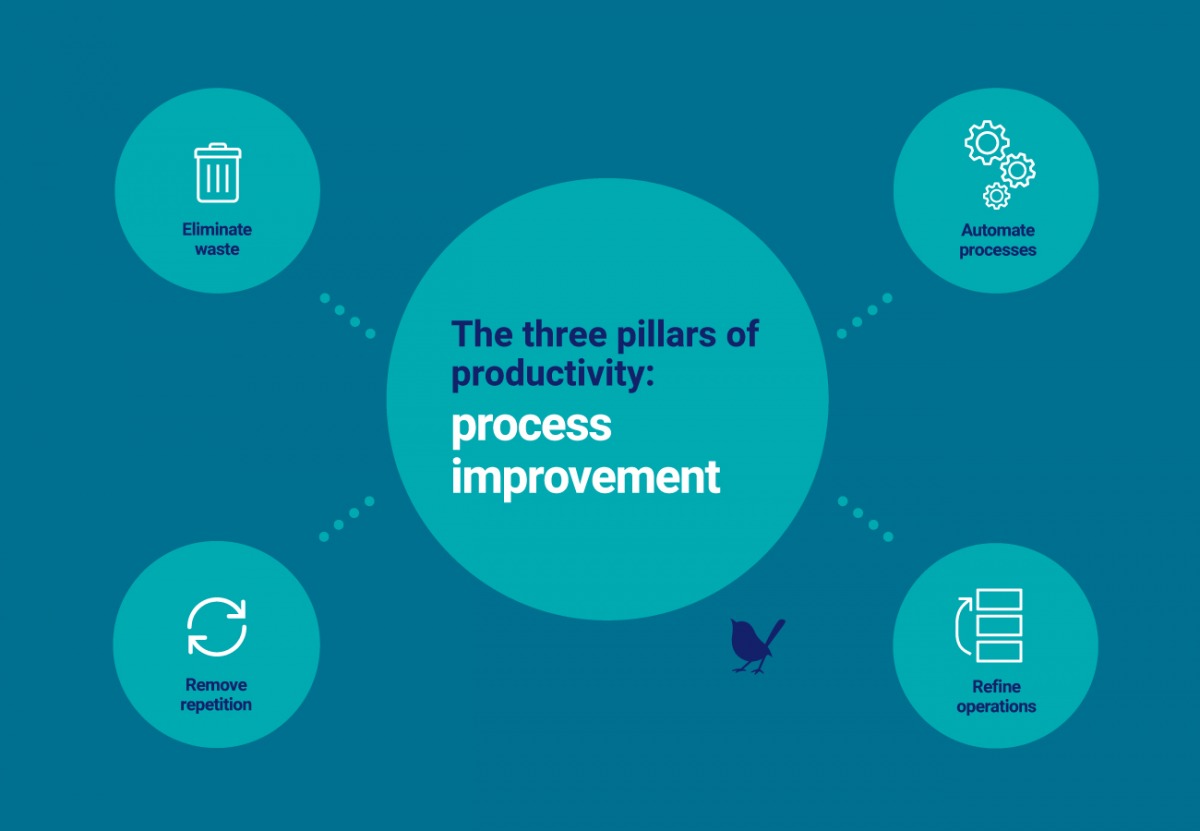
Productivity improvement
We all have those days. You know the ones. You sit down at your desk, brimming with ambition, ready to conquer your to-do list. But somehow, the hours slip away, and you find yourself staring blankly at the screen, wondering where the time went.
Don’t worry, you’re not alone! Productivity can be a fickle beast, prone to sudden disappearances and unexpected detours. But fear not, fellow productivity seekers, for there are ways to tame this wild creature and harness its power.
This guide will explore a range of practical tips to boost your productivity without sacrificing your sanity. We’ll delve into the importance of mindset, the power of planning, the magic of time management techniques, and the crucial role of a healthy lifestyle.

So, grab a cup of coffee (or tea!), settle in, and let’s unlock your inner productivity beast!
1. Cultivate a Growth Mindset
Before diving into specific techniques, it’s crucial to address your mindset. A growth mindset, as coined by psychologist Carol Dweck, is the belief that abilities and intelligence can be developed through dedication and hard work.
Embrace challenges: View challenges as opportunities for growth, not obstacles to overcome.
2. Set Clear and Achievable Goals

Vague goals are like driving without a map – you might end up somewhere, but it’s unlikely to be where you intended.
Define specific goals: Instead of “be more productive,” aim for “write 500 words of my novel by 10 AM.”
3. Plan Your Day (But Don’t Overplan)
Planning provides structure and direction, but overplanning can lead to rigidity and stifle creativity.
Utilize a planner or to-do list: This could be a physical planner, a digital tool, or even a simple note-taking app.
4. Master the Art of Time Management
Time management techniques can help you make the most of your available time.
The Pomodoro Technique
Work in 25-minute intervals with short breaks in between. After four Pomodoros, take a longer break.
The Pareto Principle (80/20 Rule)
Identify the 20% of tasks that yield 80% of your results and prioritize them.
Timeboxing
Allocate a specific amount of time for each task, regardless of whether you think it will actually take that long.
5. Minimize Distractions
Distractions are the enemy of productivity.
Identify your biggest distractions: Is it social media, email, or the constant pinging of your phone?
6. Optimize Your Workspace
Your workspace can significantly impact your productivity.
Ensure your workspace is comfortable and ergonomic: Invest in a good chair, ensure proper lighting, and organize your desk.
7. Take Regular Breaks
Taking breaks may seem counterintuitive, but it’s actually essential for maintaining focus and preventing burnout.
Step away from your desk regularly: Take short breaks every hour to stretch, walk around, or grab a snack.
8. Prioritize Self-Care
Taking care of your physical and mental health is crucial for long-term productivity.
Get enough sleep: Aim for 7-9 hours of quality sleep per night.
9. Leverage Technology
Technology can be a powerful tool for boosting productivity.
Utilize productivity apps: Explore apps that help you manage tasks, track time, and stay organized.
10. Review and Adjust
Regularly review your productivity strategies and make adjustments as needed.
Track your progress: Monitor your progress towards your goals and identify areas for improvement.
Conclusion
Boosting productivity is an ongoing journey, not a destination. It requires consistent effort, experimentation, and a willingness to adapt. By cultivating a growth mindset, setting clear goals, and implementing the strategies outlined in this article, you can unlock your inner productivity beast and achieve greater things. Remember to be patient with yourself, celebrate your successes, and enjoy the process.
Disclaimer: This article is for informational purposes only and should not be considered professional advice.
I hope this article helps you on your quest for increased productivity!